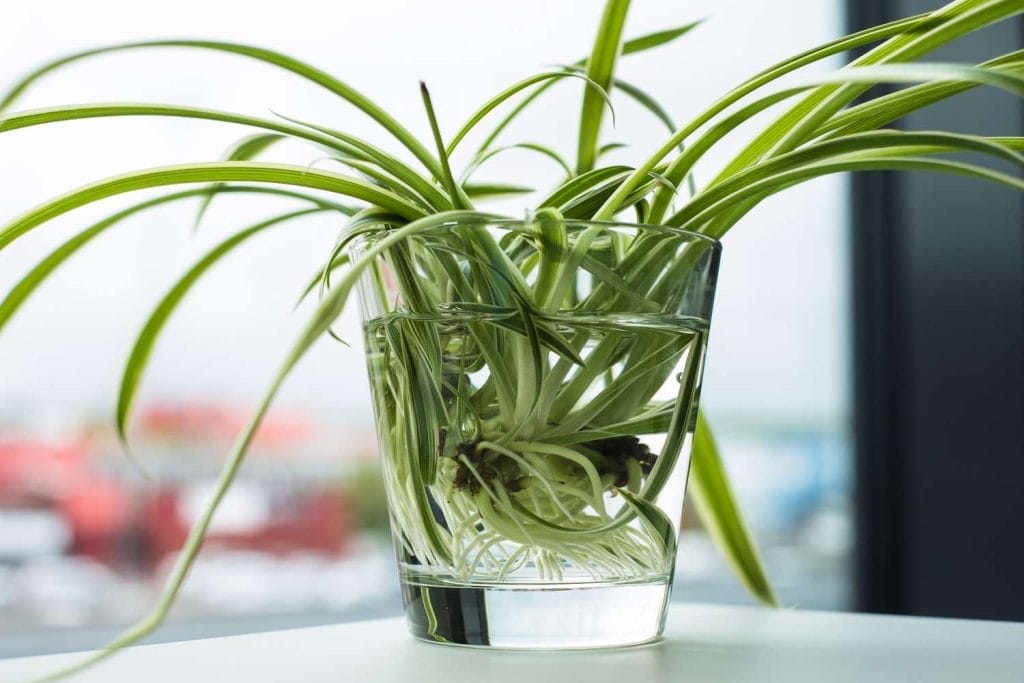Tips On Rooting Spider Plants, Cuttings and Babies
Propagating spider plants through cuttings and spiderlings is an accessible gardening venture that appeals to both novice and experienced horticulturists. The process begins with selecting healthy shoots and using either water or soil as a medium for root development.
Key considerations include the choice of container, the type of water, and the soil’s nutrient composition, each of which plays a pivotal role in the rooting success. Properly managed, these initial steps can lead to robust growth, but common challenges and subtleties in the process can greatly influence the outcome. What, then, are the critical factors that foster the thriving of these propagated plants?
Understanding Spider Plant Propagation
Propagating spider plants, an adaptable and popular houseplant, involves several effective methods such as division, rooting spiderlings, or using clippings.
Focusing on spiderlings and clippings can yield exceptional results for those seeking mastery in propagation techniques. Rooting spiderlings directly in soil or water allows for straightforward growth; simply guarantee the cutting remains moist and exposed to bright, indirect sunlight. This method capitalizes on the plant’s natural inclination to produce offshoots, facilitating continuous yearly propagation.
Alternatively, using clippings involves detaching a spiderling with sufficient root structure and replanting it in a suitable medium. This approach is particularly beneficial for maintaining the health and vigor of the parent plant while expanding your plant collection.
Division of Spider Plants
Division offers a straightforward method to multiply your spider plant collection by separating the mother plant into smaller, manageable sections. When your spider plant becomes pot-bound, indicating a dense, tangled root system, it’s an ideal candidate for division.
Carefully remove the plant from its container and visually inspect the root ball. Identify natural separations where the plant can be divided into two to four sections. Using your hands or a clean, sharp knife, gently tease apart the roots or make cuts where necessary. Each section should have a substantial amount of roots and some foliage.
Repot these divisions into fresh soil in separate containers, ensuring they are planted at the same depth as they were originally.
Assisting Spiderlings in Rooting
Assisting spiderlings in rooting involves placing the young plants in close proximity to the mother plant, ensuring they are securely positioned in soil to facilitate root development. This proximity not only supports their growth by mirroring the nurturing environment of the mother, but also enhances the emotional bond perceived between the offspring and the parent plant, fostering a sense of continuity and care.
| Emotion | Description | Impact on Viewer |
|---|---|---|
| Nurturing | Young plants close to mother | Feels caring and protective |
| Continuity | Growth near origin | Evokes stability and heritage |
| Care | Securely positioned | Inspires responsibility and attention |
Mastering this technique requires patience and precision, ensuring each spiderling’s success.
Rooting Spider Plants in Water

While rooting spiderlings in soil next to the mother plant is an effective method, an alternative approach involves submerging the bases of spider plant cuttings in water to encourage root development. This method, often favored for its simplicity and visual appeal, allows you to observe root growth directly.
Begin by selecting healthy spiderlings and trim any excess leaves to focus energy on root formation. Place the base of the cutting in a clear container filled with water, ensuring no leaves are submerged to prevent rot. Change the water every few days to maintain cleanliness and oxygen levels, fostering ideal rooting conditions.
Roots typically emerge within two to three weeks, after which the spiderlings can be moved to soil.
Caring for Rooted Spiderlings
Once spiderlings have successfully rooted, consistent care is essential to guarantee their healthy growth and development. At this stage, maintaining an ideal growing environment becomes important. Here are several essential practices:
- Lighting: Make sure the plants receive moderate, indirect sunlight to avoid scorching the leaves.
- Watering: Keep the soil consistently moist but not waterlogged, allowing the top inch of soil to dry out between waterings.
- Feeding: Apply a balanced, water-soluble fertilizer every month during the growing season.
- Potting: Transplant the spiderlings into appropriate-sized pots with well-draining soil to avoid root rot and promote healthy growth.
Conclusion
In summary, the art of propagating spider plants mirrors the nurturing of a botanical garden—both require patience, understanding, and a gentle hand.
By mastering the techniques of division, assisting spiderlings, and rooting cuttings in water, enthusiasts guarantee these verdant companions thrive.
Embracing consistent care practices fortifies the roots of these plants, much like the foundations of ancient trees in a timeless forest, ensuring growth and vitality for generations to come.







